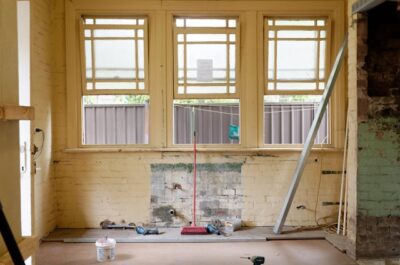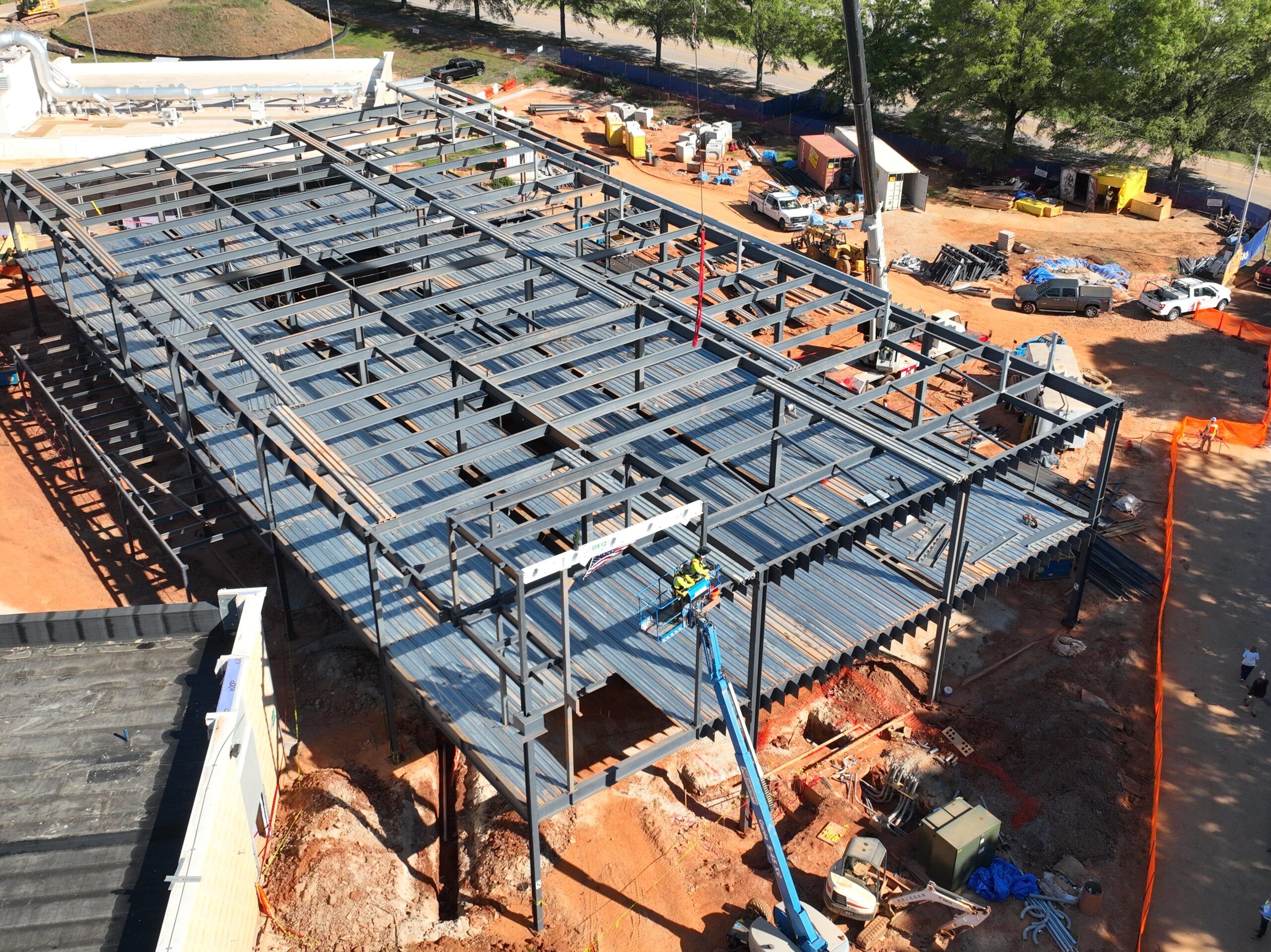Do you live in an older home and wonder if you might have water issues? Older homes often come with a unique set of challenges, and water problems are among the most common. These issues can develop gradually, making them easy to miss until they cause significant damage. Water issues in older homes aren’t always easy to spot. The signs can be subtle and may not immediately appear as obvious problems. However, when ignored, these small indicators can lead to major repairs and costly damage.
Understanding the common signs of water issues in older homes is essential to protecting your property and maintaining its value. Whether it’s a hidden leak, outdated plumbing, or simply the effects of time, being aware of what to look for can help you address problems before they escalate. In this blog, we will share common signs of water issues in older homes and how to address them.
Age of the Plumbing System
The age of your home’s plumbing system plays a major role in determining potential water issues. Over time, pipes can corrode, rust, or develop leaks, leading to water damage. Homes built before the 1960s may have outdated piping materials like galvanized steel or lead, which are more prone to problems.
These materials deteriorate over time, making your plumbing system more susceptible to leaks and bursts. Galvanized steel, for example, can rust from the inside out, leading to reduced water pressure and eventual failure. Lead pipes pose an additional health risk, as they can leach harmful lead into your drinking water.
Regular inspections can help you catch issues before they become severe. Consulting a plumber for an assessment is often the best first step. A professional can evaluate the state of your pipes and recommend repairs or replacements as needed, preventing more significant problems in the future.
Sagging or Warped Floors
Water damage can cause floors to sag, warp, or feel spongy underfoot. This is often a sign of long-term exposure to moisture, either from a leaking pipe or poor drainage. In older homes, wood floors are particularly susceptible to water damage.
Sagging or warped floors are not only unsightly but can also be dangerous. If the structural integrity of the floor is compromised, it could lead to accidents or further damage to the home’s foundation. Water can seep into the subflooring, causing rot and weakening the structure.
If you notice uneven or sagging floors, it’s essential to investigate the cause and make necessary repairs to prevent further deterioration. Addressing water issues early will help maintain the safety and stability of your home.
High Water Bills
An unusually high water bill can be a subtle sign of a hidden leak in your home. Older plumbing systems are more prone to leaks, which can go unnoticed for long periods. If you haven’t increased your water usage but notice a spike in your bill, it’s worth checking for leaks.
A significant increase in your water bill can signal that water is escaping somewhere within your system. Leaks in pipes, faucets, or even the toilet can add up over time, costing you money and wasting water. In older homes, these leaks can be more challenging to detect because they may be hidden within walls, floors, or underground.
Visible Mold Growth
Mold growth is a clear sign of water problems in your home. Mold can appear as black, green, or white patches and is often found in damp, dark areas. In older homes, hidden leaks and poor ventilation can create ideal conditions for mold to thrive.
Not only is mold unsightly, but it can also pose health risks, particularly for those with allergies, asthma, or other respiratory conditions. Mold spores can spread throughout your home, affecting indoor air quality and causing unpleasant odors. If you discover mold, it’s important to remove it promptly and address the water issue that allowed it to grow.
Regularly inspecting areas prone to moisture, such as basements, bathrooms, and kitchens, can help you catch mold early. Fixing leaks and improving ventilation are key steps in preventing mold from returning.
Rusty or Discolored Water
If you notice that the water from your faucets looks rusty or has a different color, it might mean there’s some corrosion happening inside your pipes. This is more common in older houses that have iron or galvanized steel pipes. Rusty water can also be a clue that your water heater might be rusting away. Having discolored water is not just unappealing; it could also mean that your plumbing system is starting to wear out. While the pipes could be the culprit, the water heater might also be at fault, particularly if you only see the discoloration when you use hot water. Corroded pipes and a failing water heater can lead to serious issues like leaks or bursts.
To fix this issue, consider replacing old pipes and regularly maintaining your water heater. Keeping your plumbing system well-maintained is crucial for preventing more serious problems in the future.
Cracks in the Foundation
Water can weaken a home’s foundation over time, leading to cracks and other structural issues. Older homes are particularly vulnerable to this type of damage, especially if they have inadequate drainage systems.
Foundation cracks can allow water to seep into your home, leading to further damage and potential safety hazards. These cracks may start small but can widen over time if the underlying water problem isn’t addressed. It’s important to regularly inspect your foundation for signs of damage and take action if you notice any cracks.
Improving drainage around your home, repairing any existing cracks, and addressing water issues promptly can help preserve the structural integrity of your foundation and prevent future problems.
In a nutshell, older homes, with their unique charm, often come with hidden water challenges. Recognize early warning signs. A leaky faucet might seem small, but it could signal larger problems brewing beneath the surface. By paying close attention to these indicators, homeowners can prevent minor inconveniences from escalating into costly repairs. Regular inspections and swift action are your best allies in maintaining a healthy and comfortable living space. Remember, a well-maintained home is a happy home.












